Intel Announces RealSense LiDAR Depth Camera for Indoor Applications
by Anton Shilov on December 11, 2019 11:00 AM EST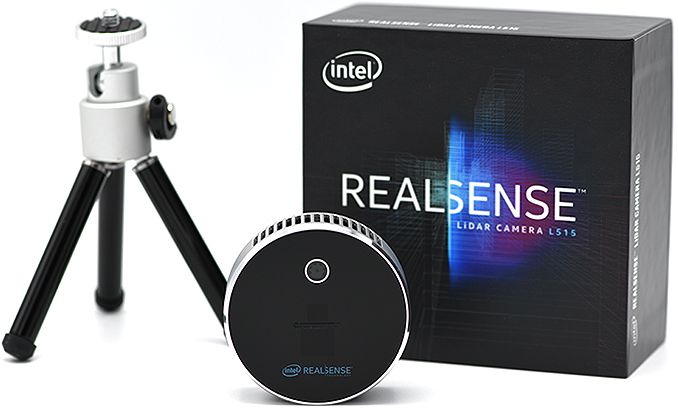
Intel has introduced the first member of its RealSense LiDAR family of depth cameras, the RealSense LiDAR L515. The sensor is primarily designed for indoor use, with Intel optimizing their to capture typical indoor ranges with a small, high accuarcy device.
Intel’s RealSense LiDAR L515 comes equipped with a 1920×1080@30Hz RGB sensor, a 1024×768@30Hz depth sensor, and the Bosch BMI085 inertial measurement unit (i.e., accelerometer and gyro). When it comes to physical capabilities, the RealSense LiDAR L515 has a range of 0.25 meters to 9 meters, a 70° ±3° × 43° ±2° RGB field-of-view as well as a 70°±2° × 55°±2° depth field-of-view. The LiDAR can scan a scene with up to 23 million points of depth data per second. Furthermore, the built-in vision processor can capture high paced scenes with minimal motion blur due to an exposure time of less than 100 ns and offloard appropriate processing from host saving battery life and improving performance.
The LiDAR L515 uses Intel’s proprietary MEMS mirror scanning technology that promises a better power efficiency than other time-of-flight technologies. In fact, Intel goes as far as claiming that at 3.5 W, its RealSense L515 is the most power efficient high-resolution LiDAR in the industry.
Intel’s RealSense LiDAR L515 measures 61 mm by 26 mm and weighs around 100 grams. The small dimensions and low weight make it possible to install the RealSense L515 into most devices that need to support navigation or gesture recognition. Furthermore, the LiDAR uses Intel’s open source Intel RealSense SDK 2.0, connecting back to its host via a USB 3.1 Type-C interface. The sensor is reportedly compatible with Android, Windows, macOS, and Linux, which makes it compatible with virtually all compute platforms available today.
Intel’s first RealSense LiDAR is currently available for pre-order directly from the company for $349.
Related Reading:
- Arm Unveils Arm Safety Ready Initiative, Cortex-A76AE Processor
- Imagination Launches PowerVR Automotive Initiative, 8XT-A GPU IP
- Investigating NVIDIA's Jetson AGX: A Look at Xavier and Its Carmel Cores
- Arm Announces Cortex-A65AE for Automotive: First SMT CPU Core
- Intel's Standalone 6DoF RealSense Tracking Camera T265 with Movidius Inside
Source: Intel


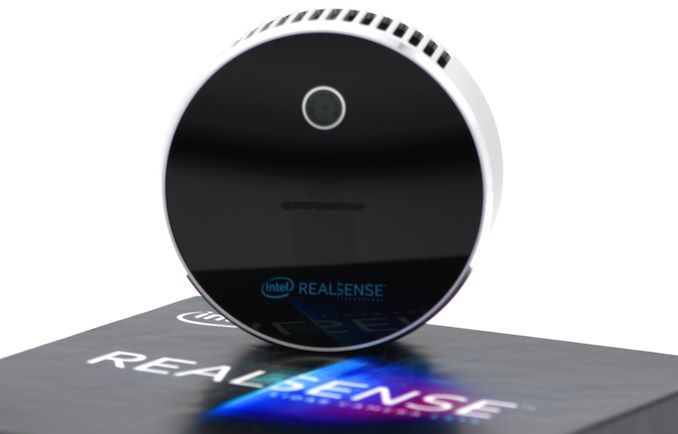
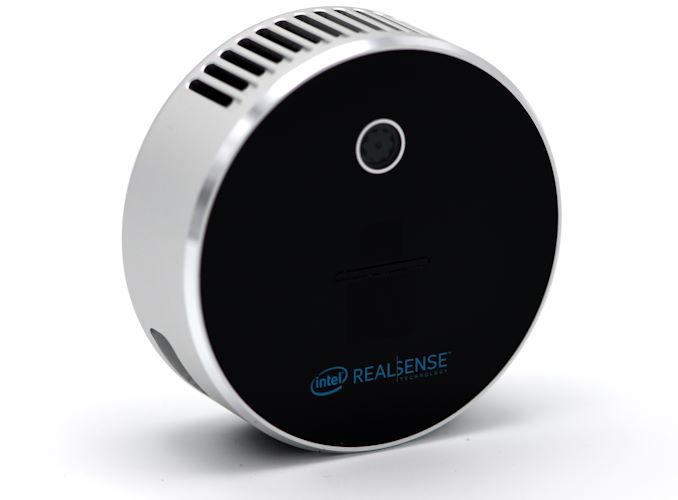
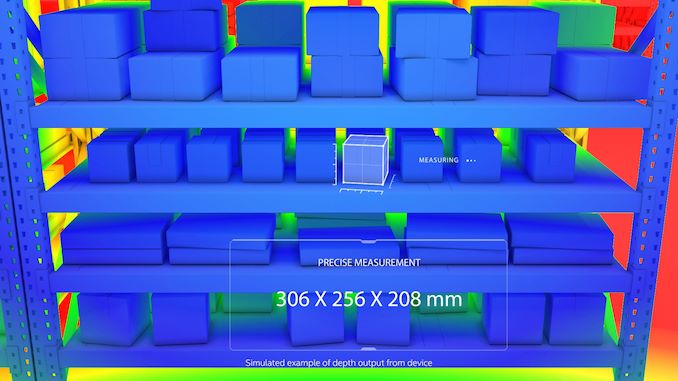
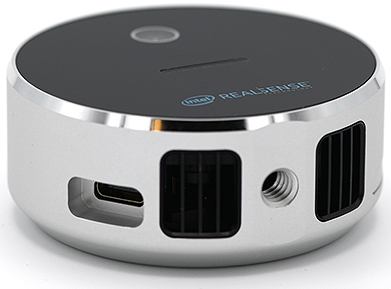








33 Comments
View All Comments
qap - Wednesday, December 11, 2019 - link
lidar are used in robotic vacuum cleaners. Usually they produce only 2D map. This has limitation in what they can recognize. This could greatly improve avoiding areas that it can get stuck on (my gets stuck on clothes drying rack), it can avoid cleaning dog feces (needs object recognition) and other hazadrous areas (it can replace cliff sensor which have problems with black carpets).Obviously not for 350USD. When it get's down to 35USD, we can talk.
imaheadcase - Wednesday, December 11, 2019 - link
So nothing for average home user.Morawka - Wednesday, December 11, 2019 - link
This would be useful as a 3D scanner when combined with a lazy susan. I can also see this being used for interior decorating planning.michael2k - Wednesday, December 11, 2019 - link
You're weirdly obtuse. That's like asking, regarding a new CPU/GPU product announcement, "For a home user, what would this be practical for?"After all, the average home user has no need to add or multiple billions of numbers per second, which is what a CPU or GPU fundamentally does.
Nor, if we talk about SSDs, do they need to write, read, and erase 1s and 0s billions of times per second either, and that's all an SSD does too.
But if you talk about the software that uses the CPU, GPU, or SSD, well, then you have the ability to start doing home videos, playing games, writing reports, etc.
So the same with a small, compact, cheap lidar unit. Assume it continues to get miniaturized until it is part of your phone, the same way a camera is. Did you know cameras used to be the size of a shoebox? Then the size of a deck of cards? Now cameras have shrunk to the size of a golf ball, or smaller.
So if we imagine this same 3D scanner and it's use cases:
1) Advanced home security detection of people, animals, and vehicles, as well as robots
2) Robots will use this to perform collision avoidance as well as navigating spaces
3) Object detection, when a robot needs to identify and select between things (think of a robot that can see the difference between an apple and an orange by color as well as shape
4) Video games and VR, without needing extra sensors
5) Projectors with advanced 3D sense can actually manipulate the image prior to projection to account for surface irregularities; or, anything will become a screen
6) AR with 3D data can turn anything into a virtual screen, too
7) Refrigerators can scan it's contents to identify food as it wilts or decomposes, drys out, or melt with much higher fidelity than a camera can using only pixels
I mean, this is pretty cool.
name99 - Wednesday, December 11, 2019 - link
That’s a little harsh.The alternative to LIDAR is using smarts to analyze a visual scene. That relies on a more expensive chip, sure, but a cheaper sensor. And at least some people (Tesla...) believe vision is a “better” solution than LIDAR.
So the issue is not just “what would I do with 3D vision”, it’s also “do I need to pay $350 to get 3D rather than using a smart chip/software?”
mode_13h - Thursday, December 12, 2019 - link
I wonder how many autopilot-related deaths & lawsuits it'll take to disabuse Tesla of the absurd notion that you can afford to use vision, alone.close - Wednesday, December 11, 2019 - link
@michael2k, you're talking about future possible applications of LIDAR. I think the question was if you can do anything practical today as a regular with this particular $350 piece of equipment.khanikun - Thursday, December 12, 2019 - link
Everything on his list can be done today, so long as whoever has it knows how to program for it. If you're talking, what can some computer illiterate person use it for...well nothing.close - Thursday, December 12, 2019 - link
"what can some computer illiterate person"Yes, that's basically exactly what OP was asking. Basically if it exists "someone" will be able to do something practical with it (even if it's just porn). When a regular user sees this Intel puck they may think "maybe I can plug it in, install the bundled software, and Windows will scan my face and log me in" or something like that.
mode_13h - Thursday, December 12, 2019 - link
Probably not "average" home users, no. It's not marketed towards them, either.This thing is mainly for researchers, tinkerers, and people prototyping & developing products that would integrate its sensor(s).